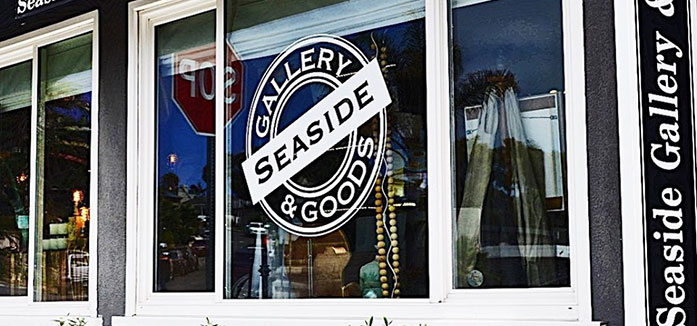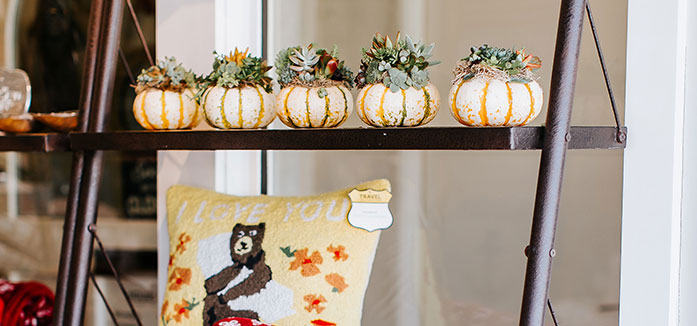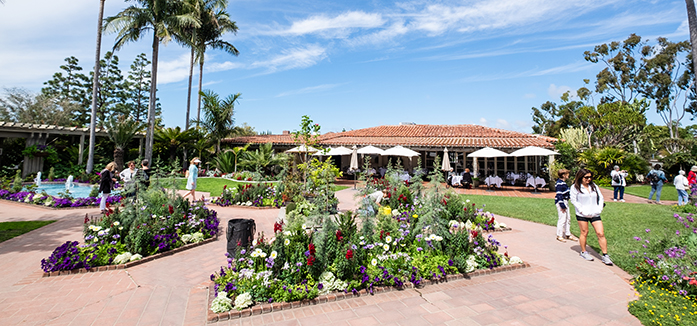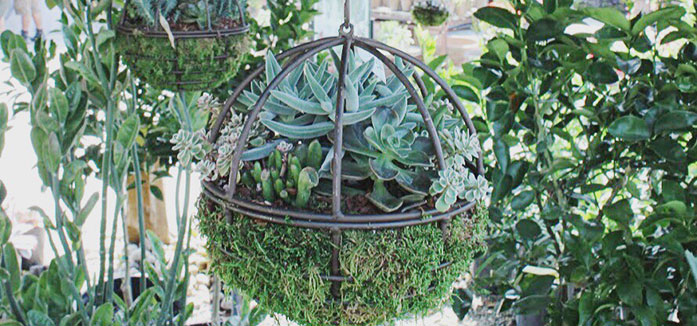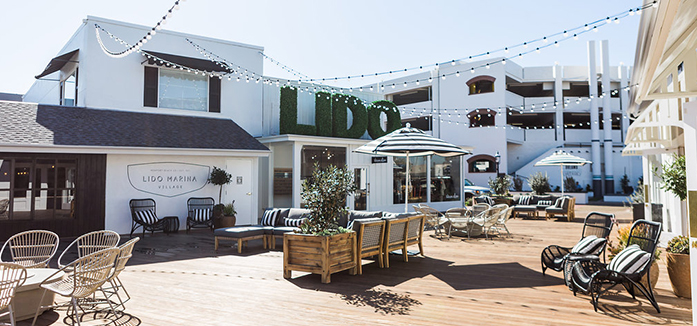How to Plan Your Spring Garden

Spring has sprung! What better time to get outside and enjoy gardening in a coastal climate where you can grow almost anything your heart desires. Wondering what grows best from March through June, and what type of gardens are popping up around town? Here’s some advice on how to plan your spring garden from some of Newport Beach’s top green thumbs at the Roger’s Gardens home and garden retail store and the horticultural retreat Sherman Library & Gardens.
Popular Gardens for our Climate: With the area’s severe drought and rising cost of water, many people are rethinking their landscapes in hopes of creating sustainable, drought-tolerant gardens that will, in turn, lead to lower water bills. Toward that end, succulent or Mediterranean gardens are the rule for the day, says Scott LaFleur, Sherman Library & Garden’s garden director. While many people might think of cactus or succulent gardens as spiny, sparse and uninviting, visitors to Sherman Gardens will unearth a beautiful and educational succulent garden that evokes a different region of the world with its feast of color and texture (think blue succulents resembling a flowing river). The garden also features a wide range of water-efficient Mediterranean plants including cycads, proteas and palms, as well as a special California native section sporting California lilac (ceanothus), manzanitas, and perennials such as coral bells (heuchera) and buckwheat (eriogonum).
It’s a Perfect Time to Plant: “If you stick with Mediterranean climate plants or California natives appropriate to your area, you can’t go wrong,” LeFleur says. Spring is the perfect time for less-hardy plant material, short-lived perennials, and summer flowering bulbs and annuals. According to Roger’s Gardens horticulturist Dalia Brunner, sunny locations are ideal for petunias, verbena, marigolds, cosmos, dalias and zinnias, while shady spots support colorful plants such as begonias and fuchsias.
What’s New? The eat-your-landscape (edible garden) — or garden-to-table concept — is especially big with generations X and Y, LeFleur says. “I see them connecting to gardening through food,” he says. “This actually circles right back into the sustainable garden concept, because if you need to spend money on water for your garden at least the garden is producing food for you.” Some top edible picks, he says, include tomatoes, peppers, lettuce, broccoli (kale), artichokes and micro-greens that are great for salads.
Brunner agrees that edible gardens have recently skyrocketed in popularity. “We’ve gotten a huge influx of people who want to do edibles,” she says. “A lot of people are getting wiser toward all the chemicals the farmers have to use, so people want to go organic. Southern California people are very healthy, and we want to grow our own vegetables.” Among the top springtime edible picks? The list, Brunner says, is endless: tomatoes, purple beans, lettuce, radishes, beets, spinach, basil, eggplant, cucumber, squash, artichokes, berries, citrus, avocados and all types of herbs. “People are growing their own herbs, because it’s so nice to grab a handful of thyme and throw it into a stew or basil sandwiches,” she says.
Live in an apartment or have a small patio? No problem! “You don’t have to have a lot of room nowadays to be growing edibles,” Brunner says. She recommends hanging a container on a wall, filling it with soil, and stuffing it with lettuces and strawberries, or using raised beds where you can control your own organic mixture of soil, grow anything you want and switch it around as the seasons change.
Top Tip: “After 25 years of working in this industry, I’ve found the main thing that will cause someone to have a successful garden is if you know how to water,” Brunner says. “A lot of people who come in here say they have a brown thumb and everything they plant dies … that means they don’t know how to water.” Whether you’re planting drought-tolerant or full-color plants, annuals, perennials or citrus, when you finally learn how to water you can grow anything, she says. Her No. 1 watering tip? Every plant needs water just like we need water. “When I’m thirsty, I want to take a deep drink of water,” she says. “Then I’m not going to need more and more, so I’m going to wait until I get thirsty again.” Brunner recommends giving plants a really good deep drink of water and laying off until they need it again. “To get most plants established and strong, they must be watered really well and really deep,” she says. “In the beginning, you have to water until the roots are anchored deeply into the soil, then after six to eight weeks, it is considered drought tolerant and you can lay off the watering.” While most plants require that type of watering, Brunner says you don’t need to water shade and potted plants as much because they tend to stay a bit wetter, while container planters need more water than plants in the ground. “Watering is huge,” she says. “If I could take everybody aside and show them how to water, I think everybody would have a successful garden.” It’s also a good idea to put about a three-inch layer of organic mulch on top of everything, which will help hold in a lot of the water, she adds.
Seeking Help? Both Roger’s Gardens and Sherman Library & Gardens offer an array of educational programming for free or for a nominal charge. Some upcoming topic highlights at Sherman’s Wednesday gardener series include “Staghorn Ferns” April 2 and “Succulent Bowls” May 14, while the free weekend gardener series covers herb and vegetable container gardening March 8, begonias June 21 and fragrance in your garden July 19.
Roger’s Gardens offers weekly educational workshops and lectures (as well as online how-to videos and blogs) that cover everything from edible gardens to landscaping with foliage plants to hardy flowering shrubs and much more.
If you bring a picture of your garden into Roger’s Gardens, the experts there will even and help you plan your garden on paper and walk around with you to help pick out the right plant for the right spot.
For more information, visit www.slgardens.org/classes-events and rogersgardens.com/seminars-events/seminars-events-schedule.
Photo Credit: Roger’s Gardens

